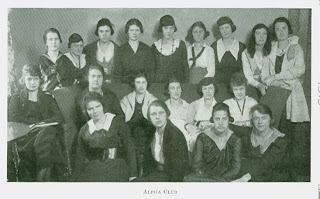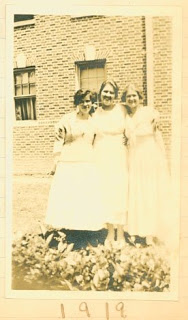"It is now time for every student in College to begin to make plans for remaining in Williamsburg through Finals. No three or four days could be spent more wisely. Many students go through the first three years of their college life and have never been present at a single commencement exercise. The consequence is that when, at the end of their fourth year, they find themselves about to graduate, they have no idea what to look forward to in the way of celebrations. And then it is that they begin to realize that they have lost much that could so easily have been taken advantage of if they had only done so.
Perhaps one of the best arguments why a student should remain on the campus until the close of all activities is because of the support and respect that he owes to the graduating class."
The article concluded: "So we trust that the habit of boarding the first train after examinations have closed will not prevail this year. We shall have several long, warm months to stay at home after we get there and no doubt shall grow restless under them, so let all of us put off going home for just a few days, and stay over in Williamsburg; have a jolly good time and give the class of ’19 the biggest send off of any class that has ever left our institution."
For additional information about the first women students at the College of William and Mary see: When Mary Entered with her Brother William: Women at the College of William and Mary, 1918-1945 by Laura F. Parrish; "The Petticoat Invasion": Women at the College of William and Mary, 1918-1945; The Martha Barksdale Papers; and the Women at the College of William and Mary page on the Special Collections Research Center Wiki.




